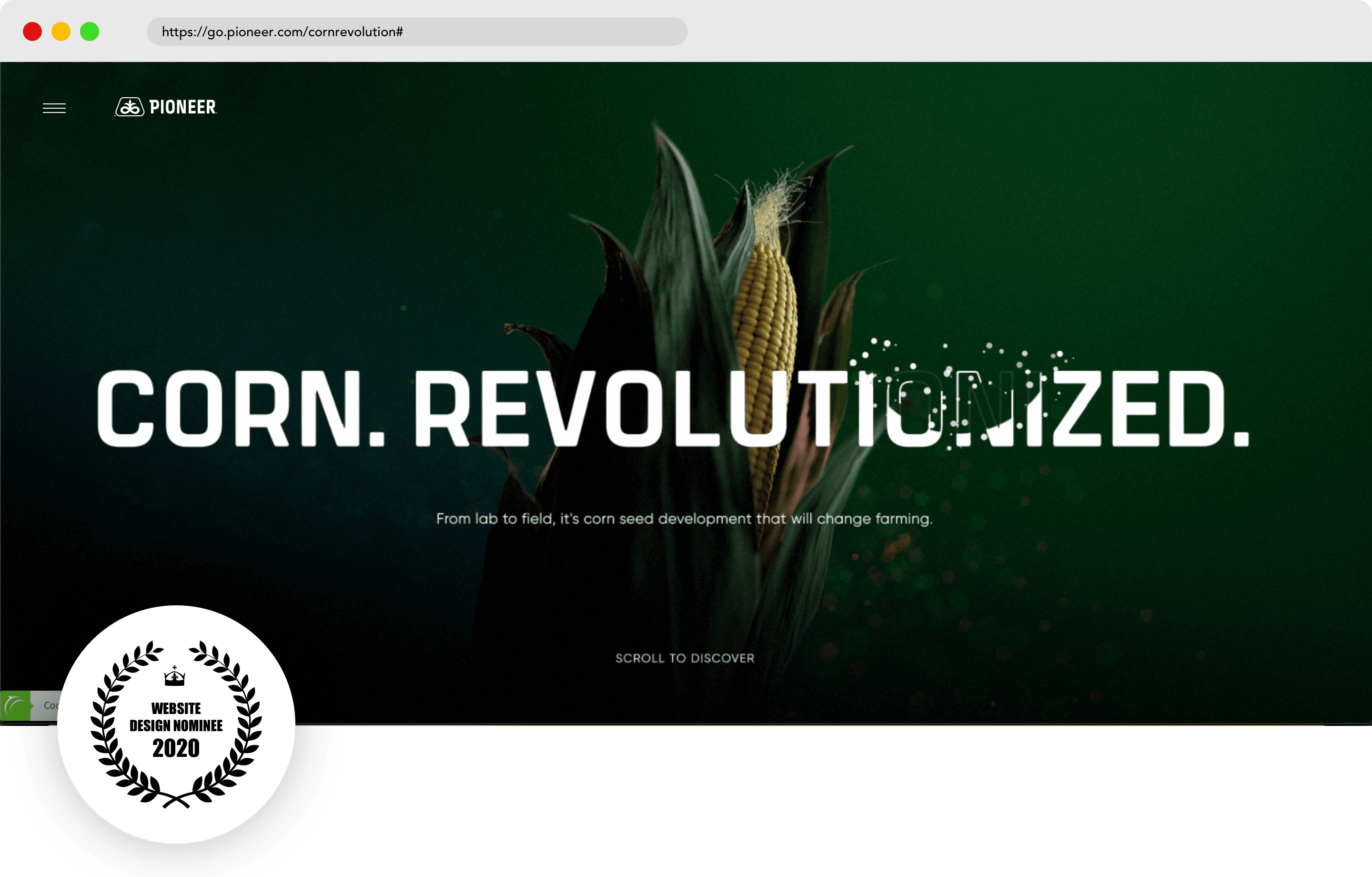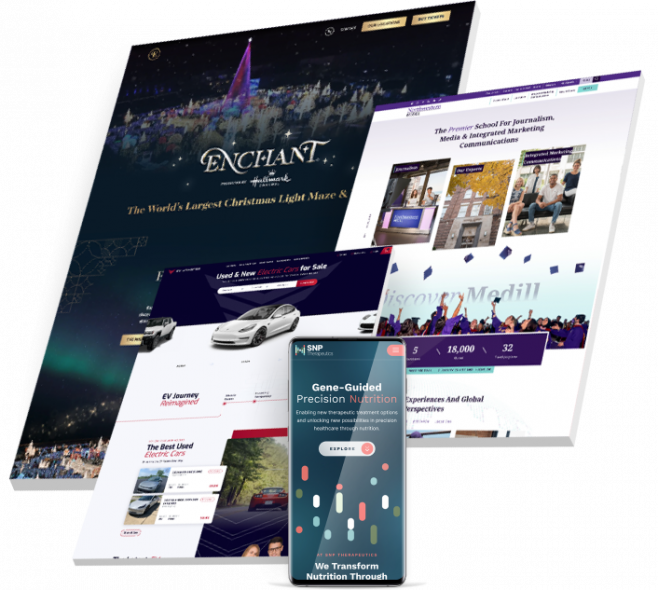Key Strategies for Executing User-Centric Site Style to Increase Interaction
When thinking about the execution of user-centric website layout, certain approaches are critical in boosting involvement. Thorough research right into user demands and preferences creates the foundation, assisting the production of customer characters to inform design selections. Individualizing content improves user contentment, and robust access attributes expand reach.
Recognizing Customer Requirements
Comprehending customer demands is a basic action in the procedure of user-centric internet site design. This strategy ensures that the site lines up with the assumptions and demands of its target market, eventually causing improved user fulfillment and involvement. The initial stage entails performing thorough study to collect insights right into individual habits, preferences, and pain points. Methods such as surveys, interviews, and customer screening can offer valuable qualitative and measurable data concerning how users communicate with the internet site.
Analyzing this data permits designers to create comprehensive user personas that stand for the various segments of the target market. These characters assist educate style decisions by highlighting certain customer objectives and obstacles, assisting the development of features that resolve these needs effectively. Recognizing the context in which users run-- such as their environment, device preferences, and time constraints-- can better refine the layout strategy.
Compassion plays a vital duty in this process, making it possible for designers to see the internet site from the user's point of view. By focusing on user demands, the style process comes to be much more focused, avoiding the incorporation of unneeded elements that could clutter the user experience. Inevitably, a deep understanding of individual needs contributes in crafting a web site that is both practical and meaningful.
Creating Intuitive Navigating
Having developed a thorough understanding of user requirements, the next action in user-centric internet site design involves producing intuitive navigating. Reliable navigation is essential to user contentment, affecting how conveniently individuals can discover information and full tasks. To attain intuitive navigating, designers should focus on simpleness and quality, ensuring that the navigating structure is sensible and constant throughout the site.
Organizing content into a clear power structure is critical. Website Design. Using acquainted labels and symbols can assist customers easily, decreasing cognitive load and boosting the overall individual experience. A properly designed navigating bar need to be plainly placed, allowing customers to recognize their existing area and easily discover other areas of the internet site
It is also crucial to integrate interactive elements such as breadcrumbs and search performances to help individuals in browsing facility websites. These attributes offer added paths and enhance the accessibility of web content, dealing with various individual preferences and actions.
Evaluating navigating with actual users is crucial to recognize possible discomfort factors and make sure performance aligns with individual assumptions. Regular feedback loopholes and repetitive improvements can help keep an effective navigation system that adjusts to developing customer needs, inevitably enhancing involvement and complete satisfaction.
Creating Responsive User Interfaces
Invariably, developing receptive interfaces is a crucial aspect of modern internet style, guaranteeing that sites are useful and accessible throughout a plethora of tools and display dimensions (Website Design). This versatility is critical in a landscape where customers gain access to content through smartphones, desktop computers, tablets, and laptops, each with differing resolutions and alignments. The main objective of responsive style is to improve user experience by preserving optimum readability and usability, no matter of the click here for more device made use of
To achieve this, web developers utilize flexible grid formats, liquid pictures, and CSS media inquiries. Adaptable grids allow internet site elements to resize proportionally, while fluid photos make certain visuals scale properly without losing high quality. Media questions play a crucial duty by applying different styles based upon the gadget's features, such as width, orientation, and elevation, thus tailoring the design to the user's display.
Moreover, responsive interfaces contribute to boosted seo (SEO) by providing a smooth customer experience, which in turn can decrease bounce prices and rise site involvement. In recap, taking on responsive design is not simply a technological factor to consider yet an important strategy for cultivating a user-centric internet atmosphere that satisfies the needs of a diverse target market.

Customizing Web Content Experience
Customizing content experience is a crucial element of user-centric site layout that includes tailoring content to fulfill the unique preferences and actions of individual users. This strategy not only enhances individual satisfaction however likewise promotes description deeper involvement, as visitors are most likely to interact with content that resonates with their demands and interests. By leveraging data analytics and individual responses, businesses can identify patterns and patterns that inform the modification of web content.
Including customization approaches can range from basic adjustments, such as advising products based on browsing history, to a lot more sophisticated methods like dynamic content that adjusts in real-time to an individual's communications. Personalized touchdown web pages can substantially increase conversion prices by offering customers with appropriate information and supplies that line up with their previous activities and choices.
Moreover, using synthetic intelligence and artificial intelligence can additionally refine material personalization by continually picking up from customer actions and adapting to arising patterns. This not just enhances the customer's journey but also constructs brand name loyalty, as clients really feel recognized and valued. Eventually, customizing the web content experience is a necessary method for organizations aiming to produce an extra purposeful and appealing interaction with their audience.
Enhancing Availability Attributes
Enhancing accessibility features is a fundamental aspect of user-centric website design, making sure that digital material is usable by everyone, consisting of individuals with disabilities. This strategy not just adheres to lawful requirements such as the Americans with Disabilities Act (ADA) and the Web Material Accessibility Guidelines (WCAG) but also dramatically broadens a website's audience reach. By integrating features like key-board navigating, screen reader compatibility, and different message for pictures, sites become much more comprehensive, supplying a seamless experience for customers with visual, auditory, or electric motor impairments.
Including responsive style components is important, helping with access on different devices and display dimensions, therefore accommodating customers with various preferences and needs. Furthermore, comparison ratios and message dimension modifications can improve readability for individuals with visual challenges. Giving concise and clear content framework, such as checklists and headings, aids comprehension and navigating, particularly for individuals with cognitive impairments.
Normal ease of access audits should be performed to determine and fix prospective barriers, making certain continued conformity and usability. By prioritizing accessibility, companies not just foster inclusivity however likewise boost overall user engagement and complete satisfaction, eventually driving greater conversion prices and strengthening brand name commitment.

Final Thought
Integrating user-centric layout techniques considerably improves web site involvement by focusing on the demands and preferences of users. Detailed research study assists in the click to read more creation of individual characters, leading targeted style choices.
Complete research study into customer needs and preferences forms the structure, guiding the development of user identities to notify layout choices. Techniques such as surveys, meetings, and user testing can give important qualitative and quantitative data regarding exactly how individuals interact with the internet site.
By prioritizing user requirements, the design procedure comes to be extra concentrated, stopping the inclusion of unnecessary components that could mess the customer experience. Effective navigating is basic to individual contentment, affecting exactly how quickly customers can locate information and complete tasks. The use of acquainted labels and symbols can lead individuals effortlessly, minimizing cognitive tons and improving the general customer experience.